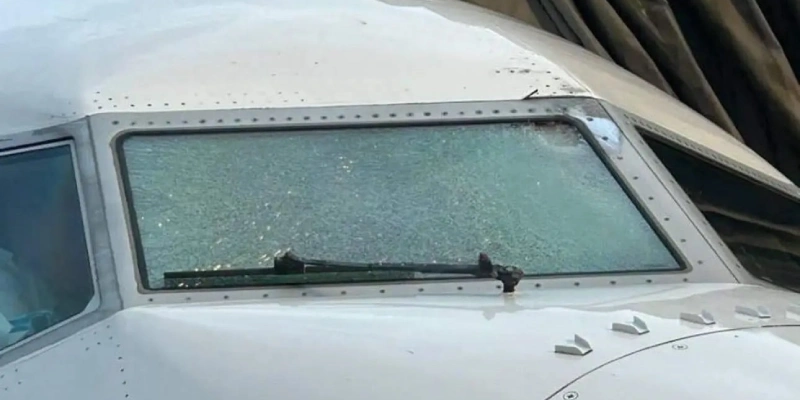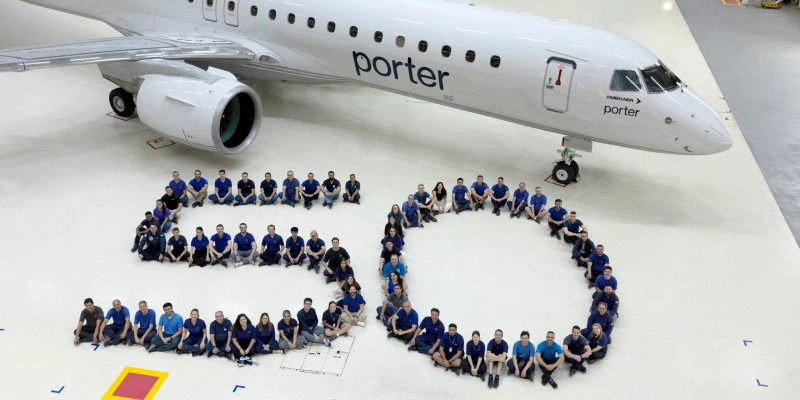The U.S. National Transportation Safety Board (NTSB) reported this Tuesday that a weather balloon may have been responsible for the cracks in the windshield of a United Airlines Boeing 737 MAX, which had to perform an emergency landing following the incident that occurred last Thursday over the state of Utah.
According to NTSB Chair Jennifer Homendy, the agency received a report from the company WindBorne Systems, which believes one of its balloons may have impacted United Flight 1093 while it was flying at 36,000 feet. The official warned that the event, “in the wrong situation, could have been truly devastating for the aircraft and the people on board.”
Emergency Landing and Technical Inspection
The United Airlines flight, which had taken off from Denver with 134 passengers and six crew members, declared an emergency mid-flight and was safely diverted to Salt Lake City.
Subsequently, the passengers were transported on another aircraft to Los Angeles the same day.
Commercial aircraft windshields are composed of multiple layers designed to prevent cabin pressure loss in case of damage during flight. This feature was key to preventing the incident from becoming more serious.
→ Hong Kong Accident: Cargo Plane Skids Off Runway, Killing Two Airport Employees
From Space Debris Suspicions to the WindBorne Systems Report
Initially, the damage raised concerns that it might have been caused by space debris, although previous U.S. government studies have indicated that the probability of such fragments impacting aircraft in flight is very low.
In a statement issued Monday evening, WindBorne Systems stated that it is actively cooperating with authorities and that it has conducted over 4,000 balloon launches, reporting each one to the Federal Aviation Administration (FAA).
“We are working closely with the FAA on this matter,” the company said. “We have immediately implemented changes to minimize the time balloons spend between 30,000 and 40,000 feet of altitude.”
Corrective Measures and Technological Improvements
WindBorne explained that it plans to use real-time flight data to enable its balloons to autonomously avoid aircraft, even if they are flying at non-standard altitudes. Furthermore, the company is working on new hardware designs to reduce the magnitude and concentration of impact in case of contact.
For its part, the NTSB confirmed that it is also analyzing airborne object detection technology to improve operational safety and prevent future similar incidents.
Related Topics
Porter Airlines Reaches New Milestone with Addition of its 50th Embraer E195-E2
Star Air Evaluates Purchase of Embraer Aircraft to Bolster Its Growth in India
Helvetic Airways and Air Côte d’Ivoire to Expand Their Fleets with New Embraer Jets Orders
Embraer Reaches Historic Record with US$31.3 Billion Order Backlog in 3Q25

Plataforma Informativa de Aviación Comercial con 13 años de trayectoria.




